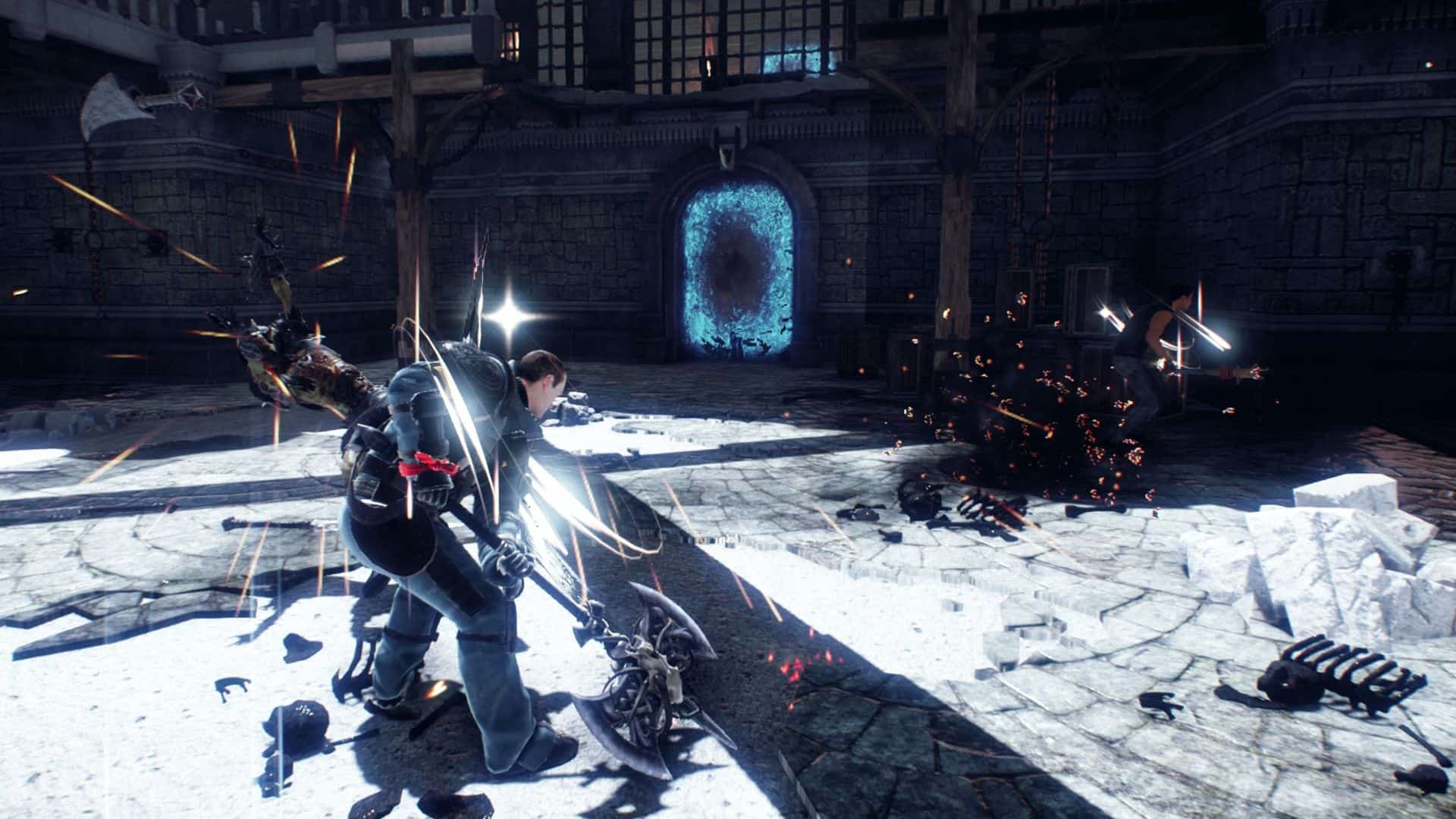You can trust VideoGamer. Our team of gaming experts spend hours testing and reviewing the latest games, to ensure you're reading the most comprehensive guide possible. Rest assured, all imagery and advice is unique and original. Check out how we test and review games here
4 vs 1 asymmetrical multiplayer. Episodic release schedule. Dungeon crawler. Class-based character creation system. Branching narrative. If we were being unfair, we’d be tempted to say that Shadow Realms is simply is a collection of presently popular buzzwords and phrases thrown into one big pot and left to simmer in the hope that it tastes broadly okay come serving time.
Actually, being more fair, our hands-on with BioWare Austin’s next game showed that the content is more cohesive than it might sound on paper – although how much enjoyment you’re going to get out of it will very much revolve around your enthusiasm for Dungeons and Dragons-esque mechanics. The basic idea sees four heroes attempt to make it through a dungeon alive, defeating the boss at the end of the final corridor resulting in victory.
Preventing them is the Shadow Lord, another human player who can take control of undead minions, can set traps, throw bombs and cannot be killed. If the Shadow Lord kills the heroes before they kill the final boss… he wins. Having far more tricks up his sleeve and a seemingly endless supply of minions to call upon, the Shadow Lord can play an extremely aggressive game. This is in contrast to the individually weak heroes, their power coming from mixing the talents and abilities of traditional class roles: Mage, Ranger, Warrior, Cleric, Warlock and Assassin.
You can venture forth with a team of four warriors, if you like. You’ll be crippled from a diversity perspective, but you can try.
If you think that sounds very much like Fable Legends then you’re in good company. It sounds a lot like Fable Legends, albeit sporting a more mature aesthetic tone. The idea original came from BioWare Austin’s love of table top RPGs, though, the aforementioned Dungeons and Dragons being the most obvious example. In Shadow Realms the Shadow Lord takes the place of the ceremonial ‘Dungeon Master’ as the one creating the intrigue and the conflict as a direct participant rather than a generally passive author.
This being BioWare, things wouldn’t be above-board without at least some semblance of narrative to bite into. Released episodically, the promise of the story chapters is to provide a plot of diverging paths and critical moral decisions (couple more buzz phrases for you), with the combat designed to be infinitely replayable (another) until the next episode arrives. We’ve not seen these story moments first-hand, so we can’t comment on how whether they look to be achieving their goal.
What we can tell you is that, despite all the talk of undead minions and Shadow Lords, Shadow Realms is actually set in the present day. So, while your warrior might be carrying a hulking great Viking-era axe and wearing a hat designed for Asterix, he’s probably a middle manager at a Staines branch of Barclays. Glam.
The Secret World, another EA game, tried to achieve this blend of high-fantasy-meets-call-centre-worker. That failed horribly. Let’s hope Shadow Realms does better.







